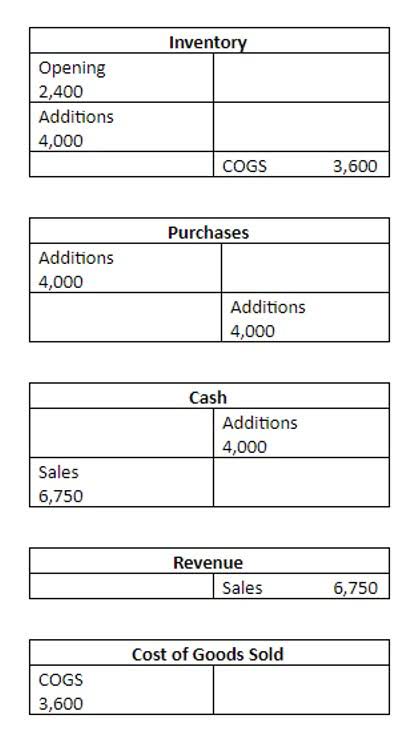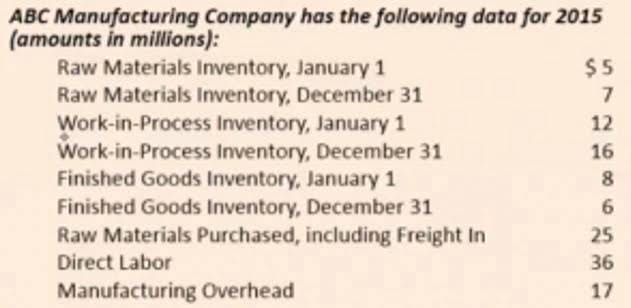
Use our month end closing checklist to streamline your closing procedures. By analyzing your numbers and implementing learnings, you can drive your business to success. Staying on top of your numbers and closing your books every month is important to keep your business on the right track. By preparing ahead for the month-end, you’ll avoid the last-minute rush and have a smooth closing process.
What is the Month-End Close?
Efficient month-end closes are the foundation for strong board reporting and insightful flux analysis. Inaccuracies and delays in the close will derail each of these processes, hurting your standing with investors as you struggle to explain the “why” behind your numbers. Business owners can’t forecast the future until they know the actuals from the prior period. The longer your bookkeeping takes, the staler the financial data gets, which hurts the accuracy of any forecast. The goal is to provide a snapshot of the company’s financial position and performance each month – which is critical for internal decision-making.

Step 3: Map data sources, workload required, and timing constraints
For example, NetSuite offers a number of features that can help streamline the month-end close process, such as the ability to automate recurring journal entries and the option to customize financial reports. Additionally, NetSuite’s period close dashboard provides an overview of the progress of the close process and alerts users to any issues that need to be addressed. Depending on the size and complexity of an operation, it can take anywhere month end closing process from several days to several weeks to complete. Foster effective communication among team members, departments, and stakeholders involved in the accounting processes. Integration of account information across various modules ensures data accuracy and expedites the accounting system. Rather than waiting until the end of the accounting period, consider continuously monitoring financial information and reconciling accounts throughout the month.
Time Management
Of course, you should account for purchases when you review fixed assets too. Examine your checking and savings accounts, loan and credit accounts, and digital accounts, such https://www.bookstime.com/ as PayPal. Check your balances, deposits, and withdrawals to find discrepancies. Work through your accounting systems to ensure you’re making invoice payments on time.
Review expenses and accounts payable records
Ultimately, instead of a massive hurdle to leap over in the larger record-to-report process, the close becomes a conduit to bigger and better things. And by bigger and better, we mean more forward-looking, predictive, and insightful, three traits that will put a bounce in any business owner or decision-maker’s step. Likewise, identify any recurring entries that don’t require approval. These, along with manual entries, can be minimized or eliminated through process improvements or automation.
Focus on Accuracy, Not Speed
All these features of Nanonets allow for fast and accurate closing of the books and efficient management of resources. The productivity and satisfaction of employees increase when they spend time on interesting and rewarding aspects of their jobs, and this reduces employee turnover and enhances employee retention. Keep all data backed up in the event of a breach or the need to refer back to historical data for forecasting or budgeting. Using a tool like SolveXia’s system means that you’ll always be able to ensure bank grade data security. But again, with automation solutions, you can surely expedite the timeline as the manual work is performed automatically, thereby saving a lot of time.
Download our data sheet to learn how to automate your reconciliations for increased accuracy, speed and control. Whether you need to conduct an internal or external audit on your financial statements, the use of an automation tool will make this easier than ever. After hearing a month end process flowchart provides for your organisation, you’re likely wanting to create your own. Companies that engage in a high volume of transactions, whether it’s sales, purchases, or financial investments, inherently have more data to process and reconcile.
- If finance and accounting miss out on conversations with department leaders over these updates, they end up with holes in the numbers.
- Your accounting team reviews, records, and reconciles all relevant account information.
- Along with accounts receivable, accounts payable should be thoroughly reviewed before starting the closing process.
- Work through your accounting systems to ensure you’re making invoice payments on time.
- Due to the amount of moving parts and data required to perform the month end close process, it’s helpful to have a checklist for reference.
- In 2017, the average accountancy team reported that month-end close takes more than 8 days.



Comments are closed.